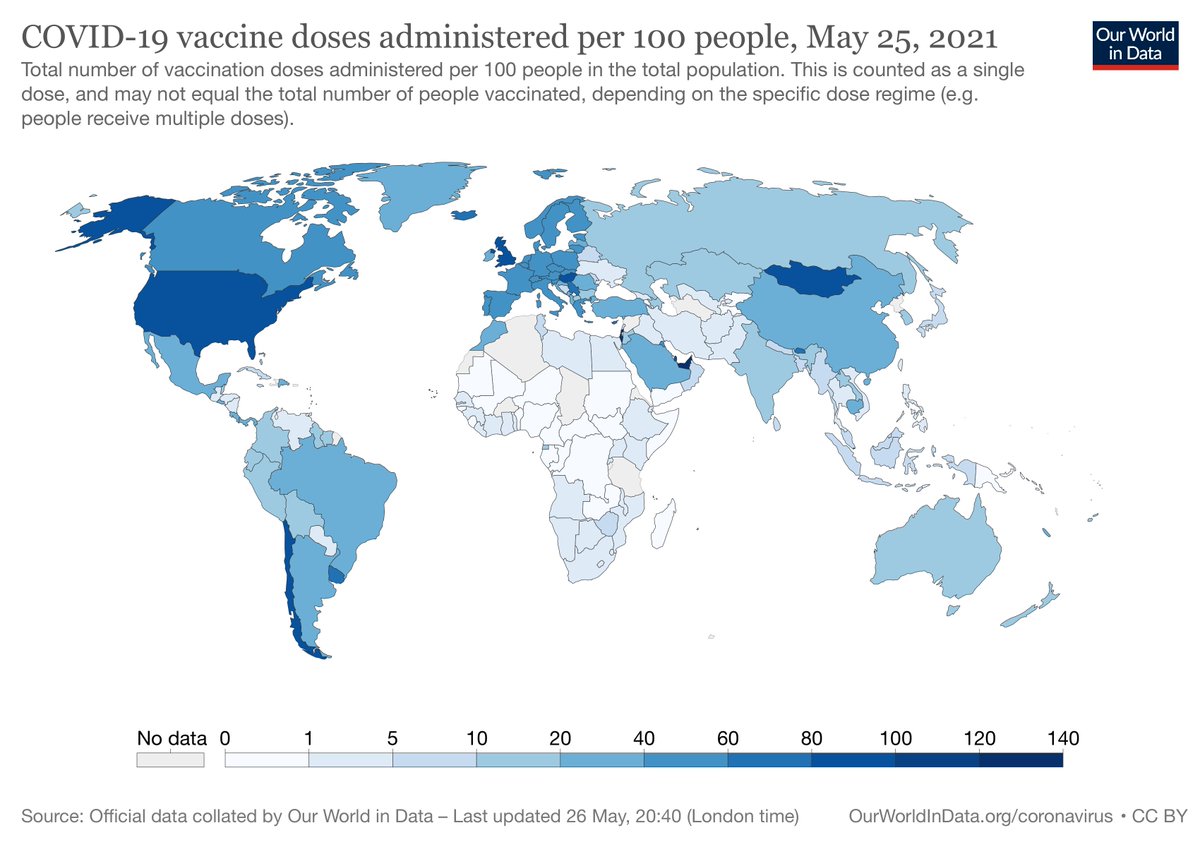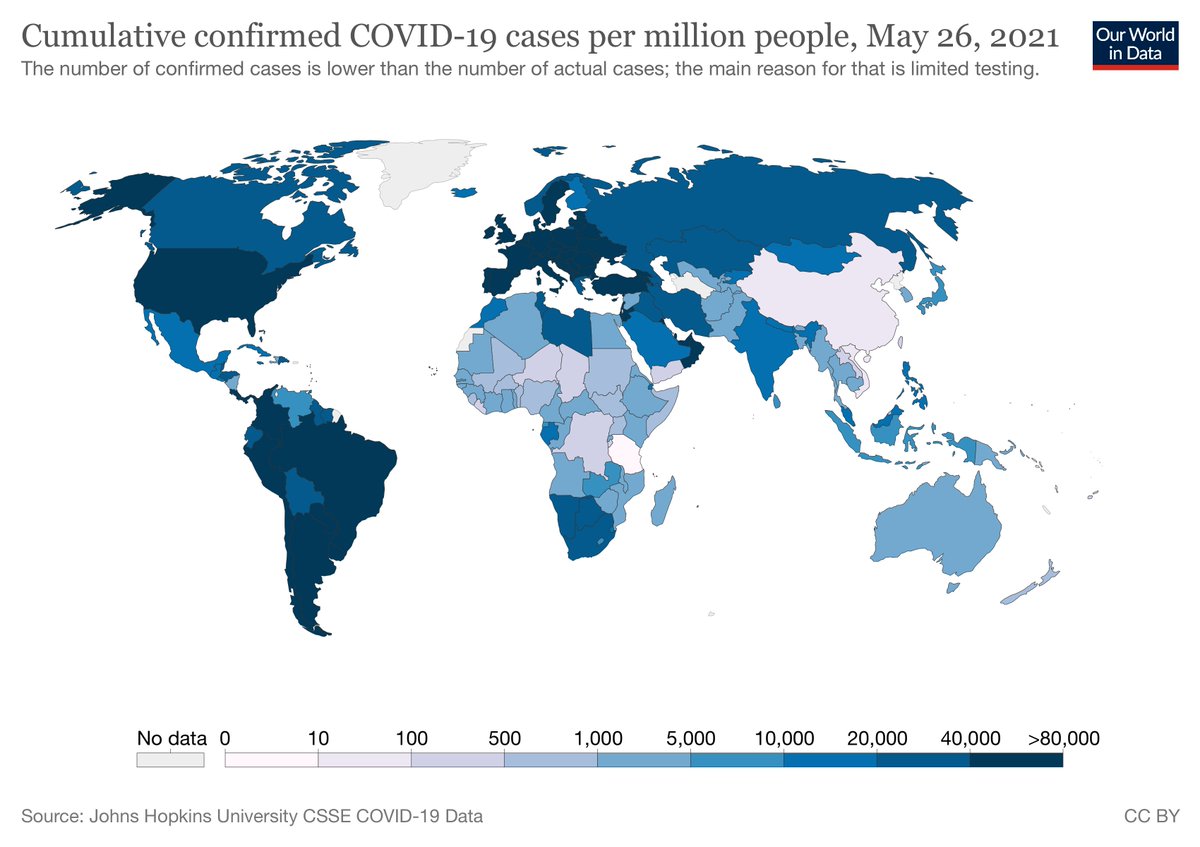
Tweet que e cada vez menos novidade mas infelizmente ainda nao totalmente esclarecido principalmente em Portugal:
Levando em conta heterogeneidades realistas na susceptibilidade/exposição ao SARS-CoV-2 o limiar da imunidade de grupo para linhagens iniciais tera sido menos de 30%.
Levando em conta heterogeneidades realistas na susceptibilidade/exposição ao SARS-CoV-2 o limiar da imunidade de grupo para linhagens iniciais tera sido menos de 30%.
Se nao tivessem emergido variantes mais transmissíveis nem vacinas (como se equacionava ha mais de 1 ano) estes limiares teriam sido ultrapassados no inverno passado. Vale o que vale mas cada vez temos mais argumentos a suportar esta afirmação.
Desde então temos vivido num equilíbrio precário entre aumento de transmissibilidade do virus (devido as variantes) e diminuição de transmissibilidade (devido as vacinas) que mantem o R efectivo em torno de 1.
Com colaboradores tenho tido cuidado de partilhar todos os passos no desenvolvimento de metodologia original com potencial para transformar a forma de analisar e governar futuras pandemias. Técnicas novas foram desenvolvidas e testadas com sucesso durante a actual pandemia.
Resultados preliminares tem sido disponibilizados em arquivos de preprints (divulgados nesta plataforma) enquanto versões finais seguem para publicação em revistas da especialidade. Revistas generalistas nao quiseram publicar o que nao e surpreendente dado grau de originalidade.
Esporadicamente ainda vou lendo um tweet ou outro (curiosamente apenas em Portugues), com referencia a este percurso, que revela tanto desconhecimento do processo cientifico que me leva a questionar se devia ou nao ter partilhado ideias/descobertas pelas quais tenho tanto afecto.
Durante 1 ano tentei esclarecer questões colocadas mas ultimamente tenho optado por bloquear contas que apresentam comentários que me suscitam duvidas quando a seriedade dos seus autores. Nao estou nisto para gracinhas (nunca estive) mas cada vez tenho menos tempo para brincar.
Triste com este nosso pais!
• • •
Missing some Tweet in this thread? You can try to
force a refresh






